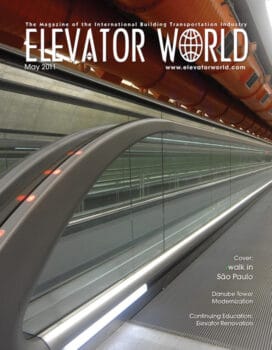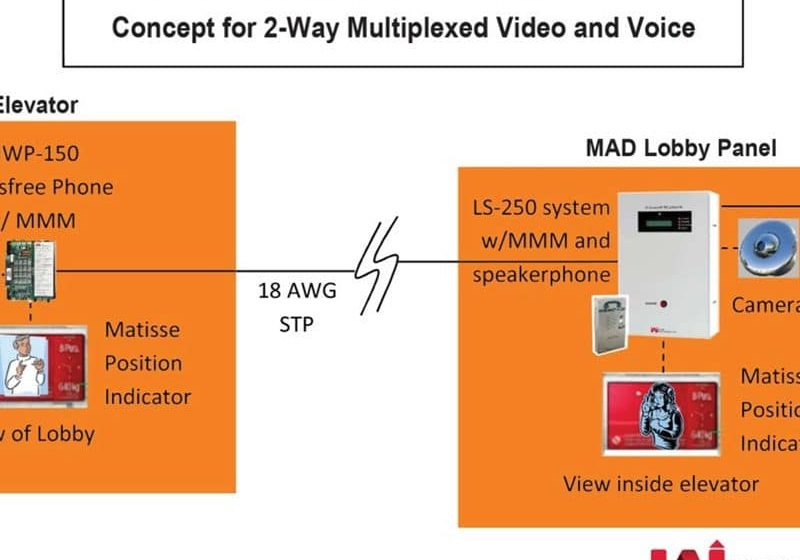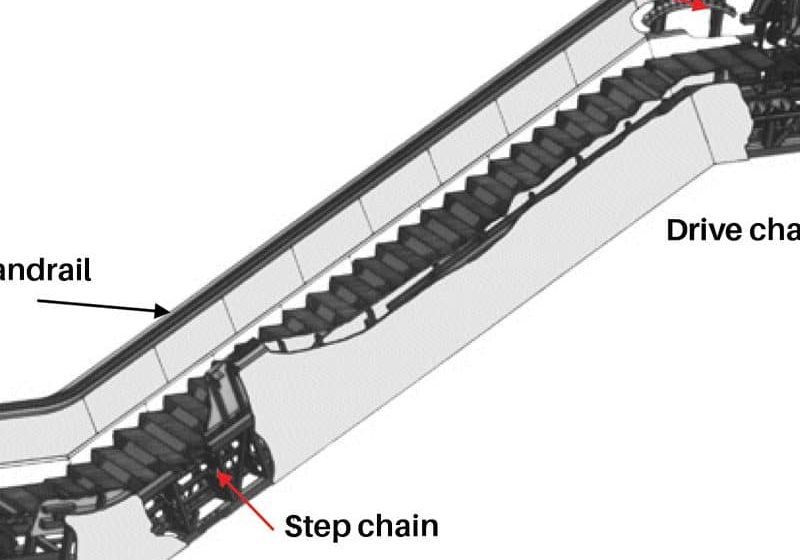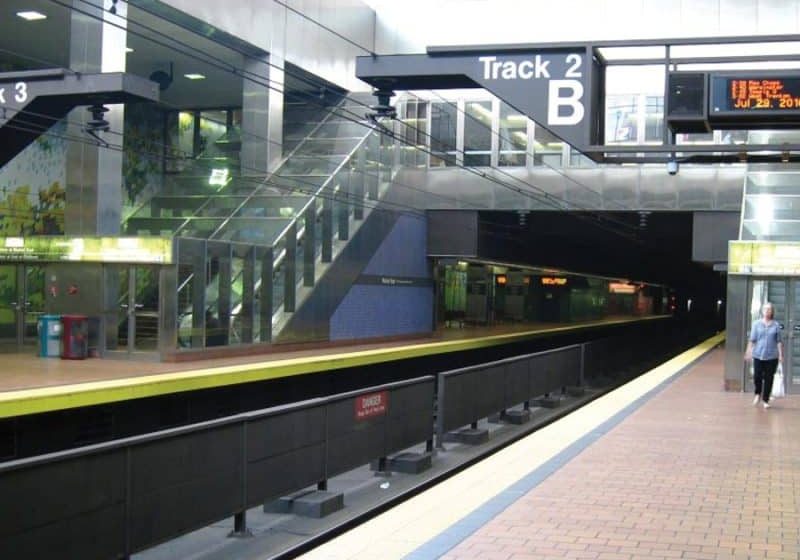The March issue of the NAESA International Progress newsletter included an article by Jim Runyan, NAESA International’s educational director, in which he stressed the importance of using inspection checklists. Runyan cited a few examples of why these are important and how they can help ensure the implementation of thorough elevator inspections. Runyan also suggested, “If you don’t want to create your own checklist, you can utilize the checklists in the back of ASME A17.2.” These are fine suggestions. However, for equipment and systems installed in compliance with the ASME A17.7/CSA B44.7 performance based code (PBC), there are no inspection checklists in A17.2 and it would be nearly impossible for an AHJ inspector to develop any. However, the PBC does require that inspection procedures must be incorporated into and made a part of the installation’s maintenance control program, and these procedures could and probably should include a specific inspection checklist for the installation being evaluated. This would not only respond to Runyan’s excellent suggestion, but it would, as he also said, provide AHJs with “the right tool for the job”!
In my March column, I discussed the National Elevator Industry, Inc. (NEII)-recommended “Interim Process for New Technology” and how it was developed by NEII for AHJs to use prior to their adoption of the latest edition of A17.1, and more importantly, A17.7. And, this month I would like to point out the actual A17.7 PBC requirements that are required to be used when this code is adopted, then used for issuing elevator construction permits and implementing acceptance inspections.
Section 210.2 of A17.7 specifies the requirements that must be included in a code-conformance document (CCD) that must be submitted to the AHJs for their approval and to use to evaluate equipment that is not covered by the prescriptive requirements of A17.1. These specific CCD requirements are as follows:
Section 2.10
Code Compliance Documentation
2.10.1
A CCD shall be produced for each design of an elevator system, sub-system, component, or function for which safety has been assessed for conformance with this Code
2.10.2
The CCD shall include the following:
(a) an overall description of the equipment:
(b) a description of a particular elevator system, sub-system, component, or function to which this Code is being applied;
(c) a list of ASME A17.1/CSA B44.7 Parts, Sections, or requirements that have been addressed by compliance with ASME A17.7/CSA B44.7;
(d) the technical documentation necessary to demonstrate conformity and enable verification of conformance;
(e) a list of GESRs considered in accordance with Section 2.5;
(f) the risk assessment report, including team members, their relevant expertise and experience, and date of completion of the risk assessment process (see Sections 2.3 through 2.7);
(g) procedures for acceptance inspections and tests to verify conformance with the CCD; and
(h) procedures for test, inspections, maintenance, replacements, adjustments, and repairs to be incorporated into and made part of the MCP required by ASME A17.1/CSA B44, requirement 8.6.1.2.1. [1]
It should be noted that this section of A17.7 could be used as a document checklist for AHJs to use to be sure that they receive the necessary material needed to review the equipment plans and specifications when issuing elevator construction permits from the installation contractors. AHJs will need and should use equipment checklists, provided as part of the CCD, to perform acceptance inspections on the installations that do not comply with the prescriptive requirements in A17.1.
The elevator industry should embrace the new and now codified performance-based approval process in order to bring new technology to market that is not covered by the prescriptive requirements specified in A17.1/B44. All the parts and pieces that are needed for AHJs to accept new technology are required by and outlined in the PBC, and they must be submitted to the AHJs as part of the PBC’s CCD. By properly implementing this process, the elevator industry can bring new technology to the marketplace in a timely and effective manner, and take its rightful place alongside other industries by providing the most technologically advanced and efficient elevator equipment possible. It is in our industry’s and the public’s best interests to proceed in this manner.
The only alternative to this is to make the elevator installation and modernization contractors and equipment manufacturers totally responsible for the safety of the public on installations that do not entirely comply with the prescriptive requirements of A17.1. And, on such installations that do not comply with A17.1 in this manner, have them provide a sworn and/or notarized statement that the elevators they have provided have been designed and will operate in accordance with the code provisions in effect in the jurisdiction in which the equipment has been installed. AHJs will then only need to check the elevator features that the public will use during normal and emergency operations, and the responsibility for code compliance, public safety and liability will rest completely with the equipment manufacturers and installers. This is a possible way forward and, although it is not something that we as an industry are used to, it may be what the elevator contractors and their equipment suppliers will have to endure. I am interested to hear other opinions on these proposals. If ELEVATOR WORLD readers would like to take part in this discussion and what might ultimately become a debate, send your thoughts on this to e-mail: [email protected], and we can discuss this further in the pages of EW and/or in our Online Forums.
[1]Reprinted from ASME A17.7-2007, by permission of The American Society of Mechanical Engineers. All rights reserved. No further copies can be made without written permission.
Get more of Elevator World. Sign up for our free e-newsletter.









